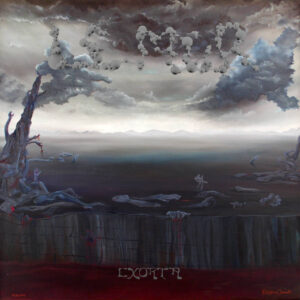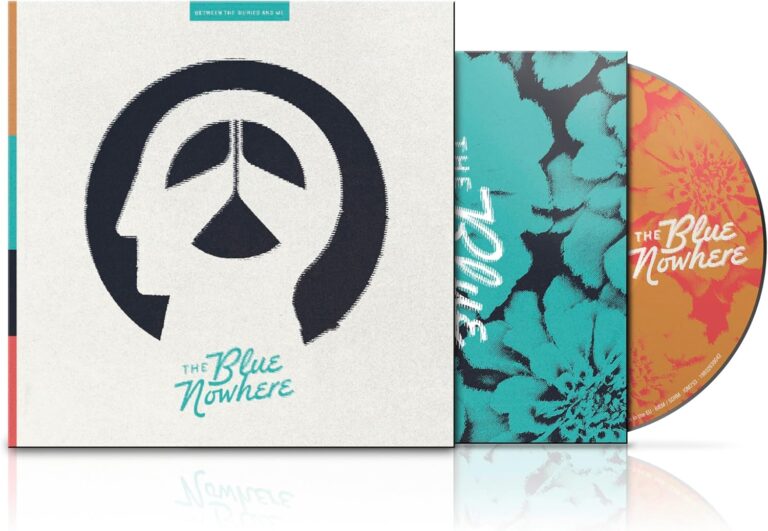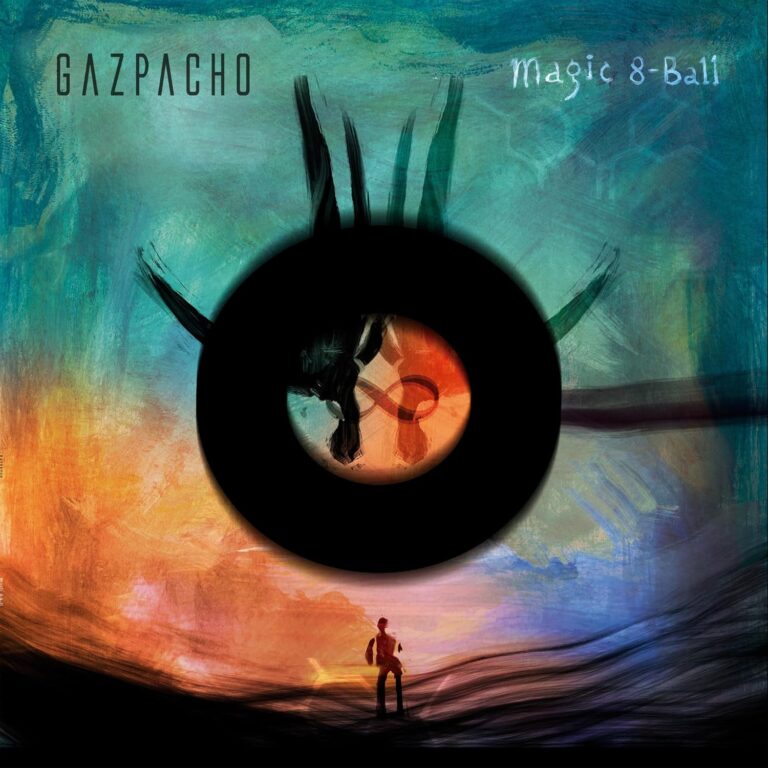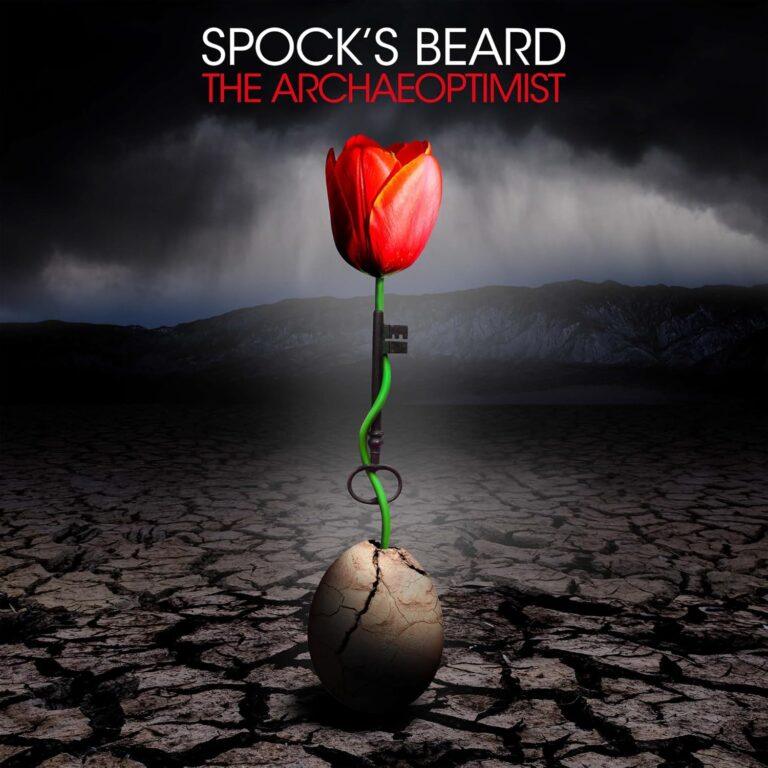It’s hard to believe that five years have passed since the last Le Mur outing. Self-described as “heavy dark trip rock” (and who, having heard the band, could disagree?) the German-based band released two phenomenal LPs in 2012 and 2013 (In Tenebris & Silentia Nova respectively) and this album represents the final piece of a long-planned trilogy. A seven track effort, Exorta is the culmination of five years’ work and from the moment a howl of feedback introduces the deceptively peaceful O.m.e.n – towards the end, it’s clear that the lofty expectations, raised by the first two albums, will be met.
A howl of tortured guitar opens the record, but it does not signal a sonic barrage as you might expect. Although quite capable of whipping up a storm when the mood takes them, the band head down an instrumental path that sits somewhere between early Radiohead and Pink Floyd. The music meanders dreamily, sludge elements slowly emerging as the melody threatens to collapse altogether. If all this were to herald a moody, post-rock album, then all to the good, but Die nacht der Lemuren (Tell I) puts paid to any such notions, the nine-minute track throwing punkish vocals at atonal guitars before transforming before the listener’s astonished eyes into something altogether different, a strangely exotic post-punk work-out with dub-influenced drums and an ambient vibe. Few bands could make so bizarre a transition with such seeming ease, but Le Mur’s entire raison d’etre is to push the boundaries in oft-unexpected directions, and it seems that time has done nothing to diminish their ability to surprise and delight in equal measure. The next piece, (intro) the broken pieces of… is divided into three parts. First up is the a cappella fields of misery, a bizarre, hymnal track that then turns into doom with a Casio keyboard in the form of broken before the band round things out with a short, spoken word piece entitled intro from the past. All of this, remarkably, takes place in just under four minutes, and it says much of the spirit of invention that lies at the heart of the band that they can take the listener on so outré a journey in so short a space of time.
An album highlight, Our Doom is reminiscent of both Swans and Arabrot as churning guitars rub up against a too-loud keyboard that wrings spacey melodies from the churning maelstrom the rhythm section creates. The vocals, delivered like a mantra, conjures a sense of existential dread and the whole piece is washed in a monochromatic misery reminiscent of Bowie’s Berlin Trilogy. It segues into the similarly-paced these symptoms are temporary, another track that re-imagines My Dying Bride as a dark, space-rock outfit with a PIL fetish to go alongside their love of Swans. It’s atmospheric stuff and it leads neatly to the heart-beat drums of the title track. A hypnotic, haunting piece of music, Exorta unfolds at a leisurely pace, starting out its life in an alt-rock vein before suddenly making an abrupt left turn into the field of ambient neo-folk. It flows very naturally and, although the heavier guitars make a return, the band are careful never to lose sight of the hard-won atmosphere they have built up. The album concludes with O.m.e.n. – Arisen. Another synth-dominated piece, it lurks threateningly in the shadows as feedback and noise coalesces to form a piece of music not unlike John Carpenter toying with post rock whilst writing the soundtrack to an updated version of the thing. Never fully playing into the listener’s hands, the track toys with expectations before finally disappearing into the ether leaving you wondering what it is that has so captivated your attention for the preceding hour.
Exorta brings a trilogy long in the making to a satisfying close. The epic length of many of the tracks on offer gives plenty of room for the music to unfurl at ease, and this adds to the dark atmosphere the band conjure up. Closer in nature to doom than previous outings, the end result is a sort of doom-unplugged with progressive, folk and prog elements all wrapped up in the mix. Even that doesn’t entirely do the record justice, however, and it’s likely that I’ll still be unravelling the constituent elements years hence. As always, the band have paid great attention to detail with the packaging (with cover art from Bojan Jokic) and the album itself is a genuinely unique head-trip that will haunt the listener long after the record has spun to a conclusion. 9





